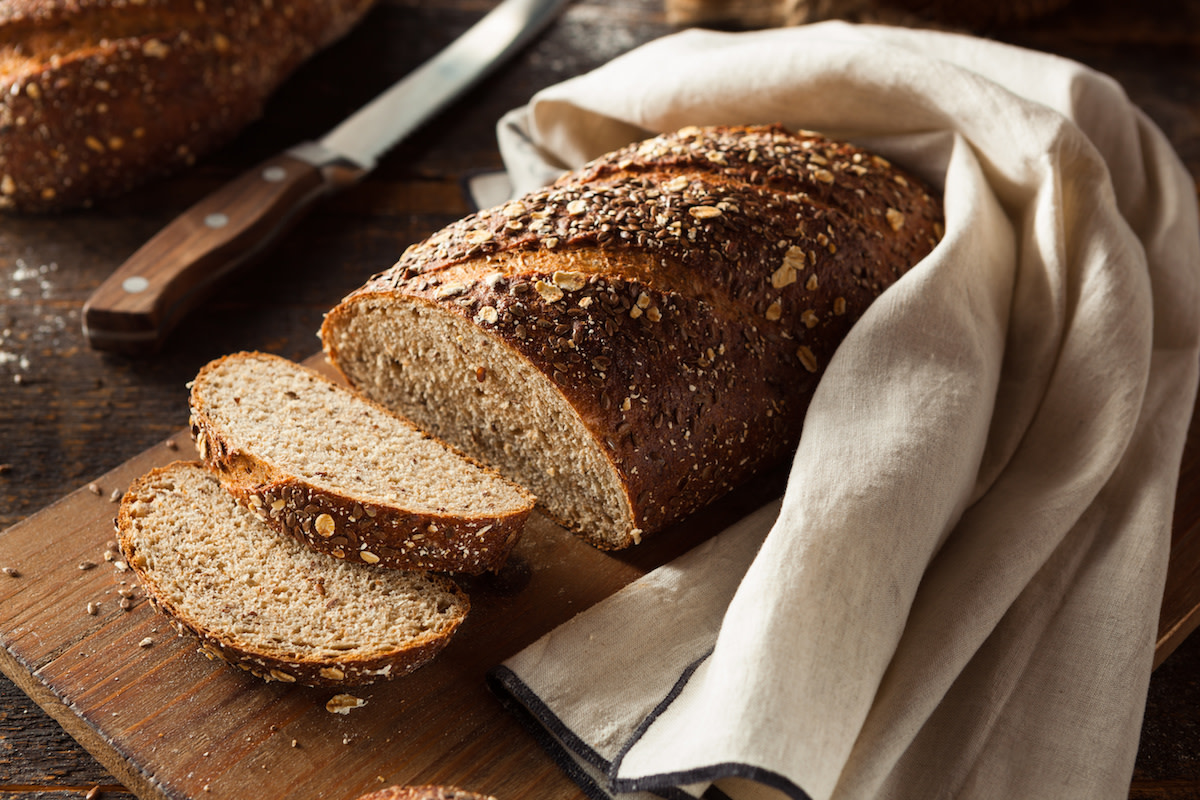What Is Rye? Learn About Rye and How to Incorporate Rye in Your Cooking
Written by MasterClass
Last updated: Sep 30, 2021 • 3 min read
If you’re a lover of bread, crackers, beer, or whiskey, then you’re probably familiar with rye. This edible grain has been part of human consumption for millennia, and it remains a favorite of many diners.
Learn From the Best
What Is Rye?
Rye (known by the species name Secale cereale) is part of the family of cereal grains, which themselves are edible grasses. Wheat, barley, millet, and sorghum are other cereal varieties. Such cereal grasses include many edible components: the endosperm, the germ, and the bran.
Rye grows well in northern temperate climates. The majority of the world’s rye crop comes from central and eastern Europe, including Russia, Poland, and Germany. Rye is also grown in Canada, parts of Asia, and some regions of the United States, including upstate New York. Most farmers plant winter rye seeds, which produce crops in the spring.
How Is Rye Used in Food?
Rye has been consumed as food in many cultures throughout the globe. Evidence of domestic rye cultivation in present-day Turkey dates back to approximately 1800 BCE.
In today’s culture, rye can be found in many forms, including:
- Rye flour. Rye flour is ground up like wheat flour and used in a variety of baking purposes, including sandwich bread, crisp bread, and pretzels.
- Rye bread. Whole grain German rye bread is considered a delicacy and is frequently used for pastrami sandwiches.
- Rye grain. Whole grain rye appears in breakfast cereal and a variety of baked goods. Certified organic rye grain is preferred by many chefs and diners.
- Rye berries. These can be eaten whole, much like wheat berries, or rolled into cereal flakes. Non-GMO organic rye berries are available in specialty grocery stores.
- Rye whiskey. Rye whiskey is a slightly spicier variation on traditional whiskey (which is otherwise made from barley, corn, or wheat). Bestsellers among rye whiskeys include Jack Daniels, Rittenhouse, and Bulleit.
- Rye beer. Rye beer substitutes rye for the traditional barley. The Bavarian roggenbier is a special kind of beer containing upwards of 60% rye malt.
What Does Rye Taste Like?
Many palettes perceive rye as an intense taste. It can dominate a dish unless it is paired with equally strong flavors. This is why mustard is a popular condiment on rye bread while something more subtle, such as olive oil, is not.
Rye brings a certain “spiciness” to whiskey and beer, although its intensity greatly depends on just how much rye is used in comparison to other ingredients.
Some people do not care for the taste of rye. Pliny the Elder, a famed philosopher and military commander of the early Roman Empire, wrote that rye “is a very poor food” that “only serves to avert starvation.” Similar attitudes have led to rye being used as animal feed.
What Are the Health Benefits of Rye?
Most consumed rye includes the bran, which is where the majority of a cereal’s nutrients reside. Consequently, most servings of rye include:
- Fiber
- Protein
- Iron
- Manganese
- Magnesium
- Phosphorus
- Zinc
As a general rule, the darker the rye, the more vitamins and trace minerals it contains.
3 Tips For Incorporating Rye In Cooking
There are a number of different ways to include rye when cooking.
- 1. Go for dark grains if you want that true rye taste. In addition to containing more nutrients, dark-colored rye contains more bran content, which distinguishes rye from other grains such as whole wheat.
- 2. Try broken kernels of cracked rye in salads to add a hearty element to your greens.
- 3. Rye flakes can be mixed with oatmeal and fruit for a zesty morning meal.
Become a better home cook with the MasterClass Annual Membership. Gain access to exclusive video lessons taught by culinary masters, including Gordon Ramsay, Wolfgang Puck, Alice Waters, and more.
